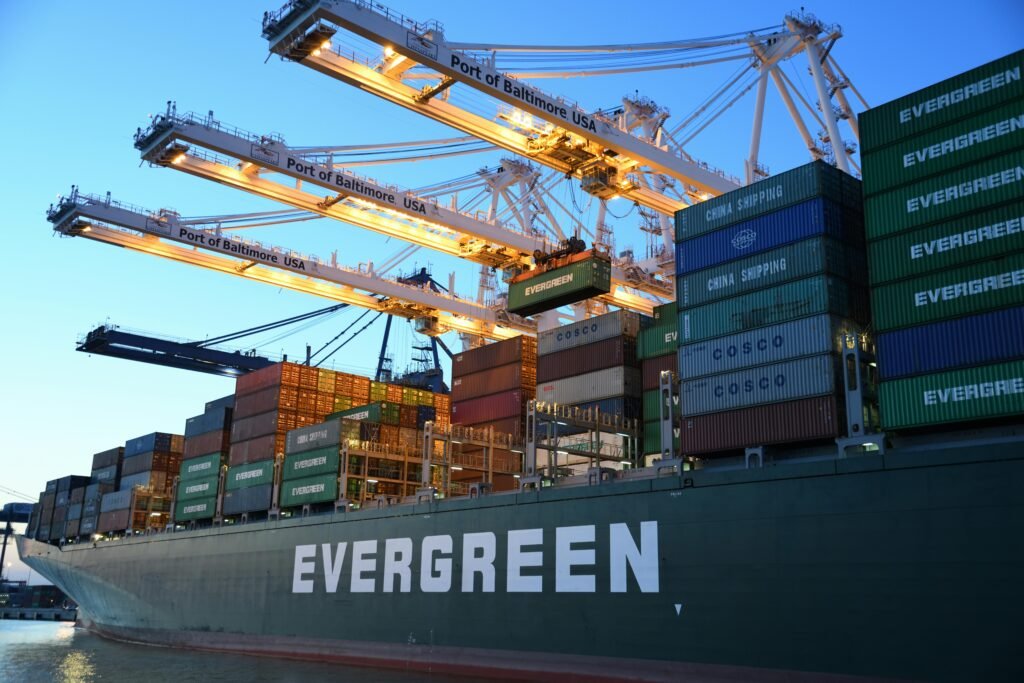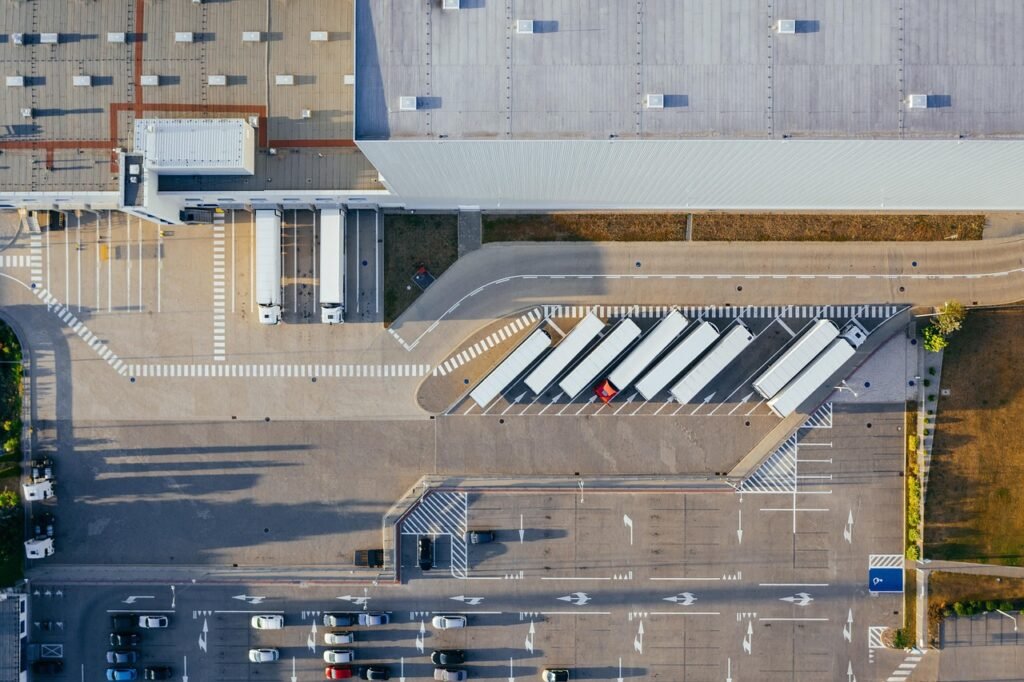Introduction
The supply chain and logistics sector in the Middle East and North Africa (MENA) is evolving rapidly. Driven by e-commerce growth, technological innovation, and regional trade integration, companies in the region are seeking new ways to optimize operations, reduce costs, and expand their market reach. Trade fairs and exhibitions serve as valuable platforms to showcase these developments, reveal industry trends, and identify business opportunities. In 2025, leveraging insights from these events will be critical for companies aiming to stay competitive.
1. Smart Logistics: Technology at the Forefront
Technological advancements are transforming logistics operations across MENA:
- Automation: Smart warehouses and automated inventory systems reduce errors and improve efficiency.
- AI and IoT: Real-time tracking and predictive analytics optimize routes, minimize downtime, and enhance decision-making.
- Data-driven supply chains: Companies can anticipate demand fluctuations and adjust operations accordingly.
Trade fairs often feature live demonstrations of these solutions, providing businesses with hands-on experience and the ability to assess their potential impact.
2. E-Commerce and Last-Mile Delivery
The rapid growth of online retail is reshaping logistics priorities in the Arab world:
- Urban fulfillment centers: Strategically located hubs enable faster delivery times for urban consumers.
- Innovative delivery methods: Drones, electric vehicles, and smart lockers are emerging solutions to address last-mile challenges.
- Customer expectations: Instant or same-day delivery is becoming the standard, requiring agile and responsive supply chains.
Exhibitions highlight these innovations, allowing companies to adopt cutting-edge solutions and meet evolving customer demands.
3. Sustainability in Logistics
Sustainability is a growing focus in MENA’s logistics sector:
- Eco-friendly fleets: Electric trucks and alternative fuels reduce carbon footprints.
- Green warehousing: Solar-powered warehouses and energy-efficient storage facilities are increasingly adopted.
- Sustainable packaging: Reducing waste and using recyclable materials are becoming standard practices.
Trade fairs provide exposure to these sustainable practices, enabling companies to comply with regional ESG goals while improving operational efficiency.
4. Regional Trade Integration and Opportunities
Trade fairs also reveal the impact of regional integration on logistics:
- GCC railway projects: Connecting countries for seamless freight movement.
- Cross-border corridors: Facilitating trade with North Africa and sub-Saharan Africa.
- Strategic partnerships: Exhibitions create networking opportunities with suppliers, carriers, and technology providers.
These insights help companies identify growth opportunities and optimize their regional operations.
5. Leveraging Trade Fairs for Business Growth
For businesses, trade fairs are more than showcase events—they are catalysts for growth:
- Market intelligence: Understand competitor strategies, pricing trends, and technological innovations.
- Networking: Establish partnerships with suppliers, distributors, and technology providers.
- Brand visibility: Position the company as a forward-thinking player in the logistics sector.
By actively participating and engaging with exhibitors, businesses gain actionable insights that drive strategy and decision-making.
Conclusion
The MENA logistics and supply chain sector is undergoing a transformative period. Trade fairs and exhibitions reveal the latest technological, operational, and sustainability trends, offering companies valuable opportunities to innovate and expand. Businesses that actively leverage these insights will be well-positioned to enhance efficiency, reduce costs, and strengthen their presence in a competitive regional market in 2025.


